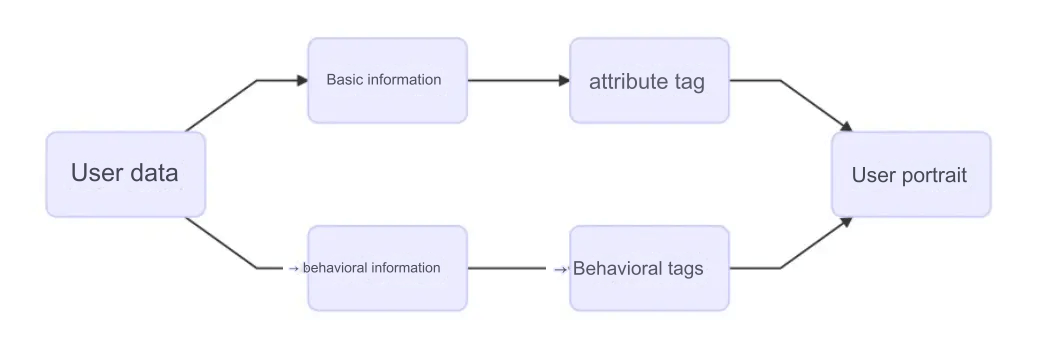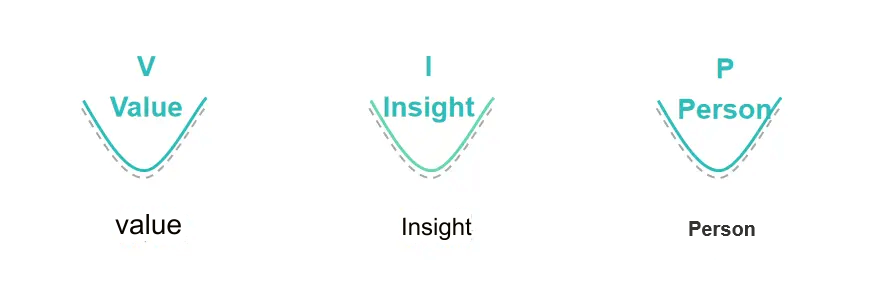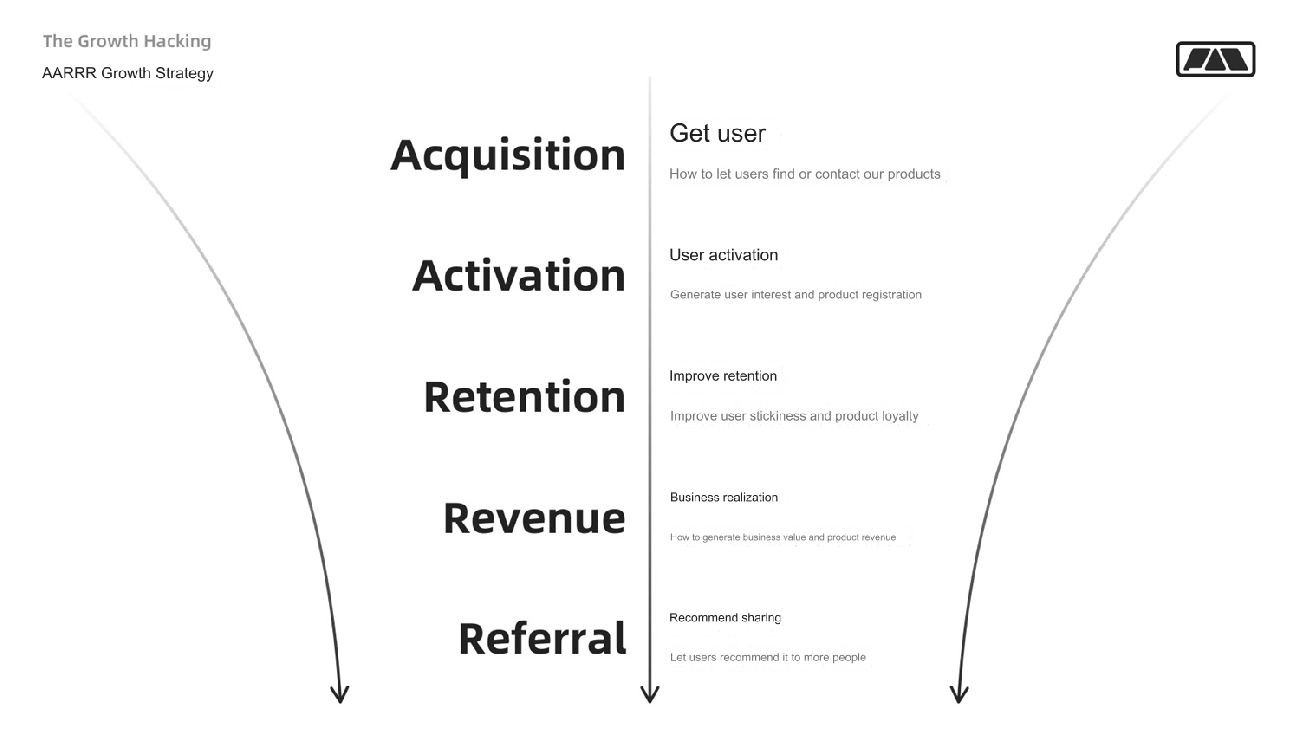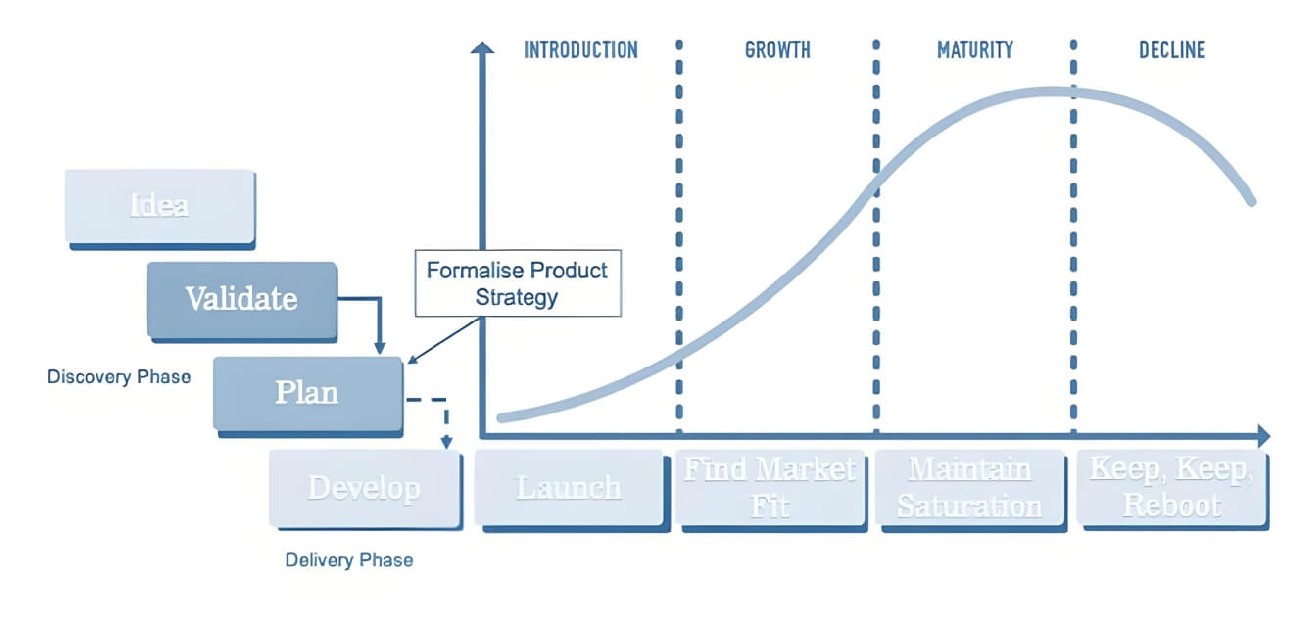In today’s digital age, a corporate website is vital for To B marketing, enabling lead generation, automation, and conversion through targeted content and SEO.
In the current economic downturn, more and more To C businesses are shifting their focus to the B side, and traditional marketing departments are increasingly taking on the responsibility of driving business "growth." This separation of "marketing" and "sales" has led to growing criticism of marketing departments.
It’s well known that To C marketing focuses on traffic, where all users are target customers. In contrast, To B marketing focuses on generating qualified leads, centering on decision-makers. Digitalization is key in To B marketing, as it enables data visualization, allowing businesses to map a more precise user buying journey. The corporate website is a crucial element in this digital transformation.
1. The Marketing Value of a Corporate Website
A Platform for Content Marketing
The marketing department invests in various channels to create brand awareness and spark interest. After generating interest, potential customers often search online to learn more. For To B companies, the most common way is through search engines like Baidu to find the company’s website for contact information.
To ensure customers find your company, it is essential to rank first for branded search terms; otherwise, your advertising efforts may be wasted, and the marketing loop will remain incomplete.
An Important Lead Generation Platform
In the age of diminishing traffic dividends, buying traffic has become increasingly expensive for To B companies. However, corporate-owned media channels remain cost-effective lead generation tools. According to studies, over 90% of online To B customers come from the company's website or are nurtured and converted through it.
For example, a savvy customer, aside from consulting friends, is likely to search for the company online. The website is their first point of contact, and if the website leaves a good impression, the customer may leave their contact information. If not, the opportunity is lost.
A Platform for Marketing Automation
Forget all the buzzwords like "full-network marketing" or "omni-channel marketing." For To B companies, customers will primarily engage with your website and self-media first.
A modern marketing website must not only host quality content but also allow for seamless sharing across social media platforms. It should also match key SEO terms, track data flow, and behavioral data, and, most importantly, enable marketing automation, driving conversion.
Analyzing buyer personas is a critical component of a closed-loop digital marketing strategy. Through data analysis, businesses can understand where interested visitors come from, their age range, device usage, gender, and content preferences. This insight helps generate qualified leads and aligns with the customer journey.

Only by understanding user personas can we craft content or deliverables that resonate with our audience. We can then engage the right people, at the right time, on the right channel, and hook them with content that drives purchasing decisions automatically.
2. How Should You Approach This?
Define the Purpose of Your Website RedesignCorporate websites typically fall into two categories: marketing-oriented and display-oriented. Most websites we encounter are marketing-oriented, but others are focused on brand display.
When redesigning a website, it is important to first clarify your goals:
Transition from a brand-display site to a marketing-focused one to enhance its marketing capabilities, including generating traffic and converting it into leads.
Redesign the site based on brand repositioning, upgrading content, visuals, and interactions to gain more user recognition.
Improve conversion rates by making site adjustments based on conversion rate optimization strategies, such as adding landing pages or altering copy. These tweaks are often coupled with A/B testing.
Plan Your Website's StructureTo effectively redesign your website, you first need to outline its content structure. For a B2B site, the website must not only communicate the brand but also support lead generation and conversion.

Based on user insights, a B2B website's information can be broken down into a VIP structure:
Value
When a user visits a website, their primary concern is understanding what the company does and what products or solutions they offer. Many users know their needs but aren't aware of which products can address them. This gap is a key challenge for all B2B companies, often referred to as "market education." You can communicate your value through product and solution pages.Insight
In B2B business, every company should be an expert in its field to serve its clients well. Customers often consider industry expertise when selecting a vendor.
When choosing a B2B product, users may not immediately understand how it can solve their problems or whether it's professional enough to do so. Addressing these concerns through case studies and resource centers can establish you as an expert, earning more attention and trust.
Personality
After determining that the product and solutions meet their needs and confirming the company’s expertise, users will elevate their decision-making process to a higher level, seeking value alignment.
If a company’s values and attitudes resonate with the user, the user is more likely to choose that company under equal conditions. Thus, your website should communicate your values, perspectives, and team culture.
Every detail—from design and content layout to user interaction—expresses the company’s personality. A well-crafted B2B website is essential, as visitors will infer a lot from it, such as product reliability.
Website Operations
Content Creation
Once the website is built, the most critical part is adding and updating content. Content is the nourishment through which visitors learn about your brand and understand its value.
Content Based on Keyword Research
Website content should be constructed around a keyword library, ensuring pages are indexed by search engines. Quality content can rank well, bringing in more organic traffic.Content Conversion
Create 3-5 cornerstone pages, with most other pages linking to them. These cornerstone pages should offer high-quality downloadable resources to convert organic traffic into leads.Building a Content Brand
Ensure that the website’s content reflects the company’s leadership in its industry. Focus on producing content that is valuable and helpful to users, such as templates or tutorials.
A/B Testing
A/B testing divides users into two groups, randomly allocating traffic to observe behavioral differences, such as clicks on a button or link. This method allows for data-driven website optimization decisions, improving conversion rates.
However, A/B testing is less common in B2B contexts due to lower traffic, meaning the ROI from A/B testing might not justify its use.
Event Tracking and Data Analysis
If you want to know how often a button is clicked, you need to implement event tracking. A snippet of code (SDK) records interactions like clicks, which are stored in a system for event-level data analysis. This process is known as event tracking.
Building a corporate website is a significant project, and creating the website is just the first step. The key lies in the subsequent operations and maximizing website traffic and marketing value.







